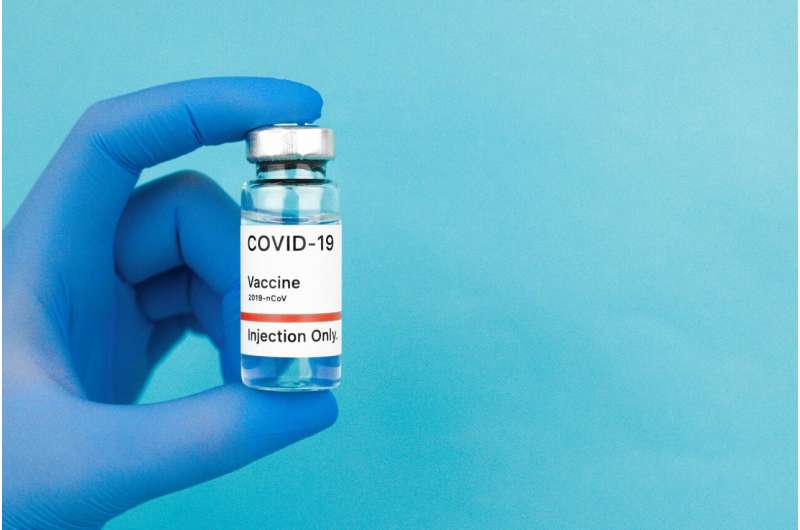Advanced AI Techniques Enhance Prediction of Survival in Melanoma through Immune Cell Structure Analysis

Researchers from the ECOG-ACRIN Cancer Research Group have developed innovative AI-driven methods to analyze complex immune cell structures, specifically tertiary lymphoid structures (TLS), in melanoma tissue samples. By applying advanced deep learning models to thousands of digital pathology images, they significantly improved the accuracy of TLS detection, a critical biomarker associated with better prognosis and survival outcomes in melanoma patients. Traditionally, identifying TLS requires manual and labor-intensive processes that are prone to variability, limiting their routine assessment in clinical practice.
The new approach leverages open-source AI tools such as HookNet-TLS for detecting TLS and germinal centers within digitized H&E-stained slides, followed by retraining to enhance precision. Additionally, the study employed Gigapth Foundation Model for comprehensive feature extraction, facilitating improved visualization and analysis of immune structures in tissue images. These methods allow for rapid, cost-effective, and standardized evaluation of TLS, with the potential to integrate into existing prognostic workflows.
The retrospective study analyzed data from 376 high-risk melanoma patients enrolled in the E1609 trial, which tested immunotherapy strategies. Findings revealed that TLS presence correlated with significantly improved overall survival rates — 36.23% at five years compared to 29.59% in patients without TLS. Moreover, patients with more than one TLS or higher TLS density exhibited even better survival outcomes. The use of AI in this context provides a promising avenue for more precise prognostication and treatment stratification.
Leading investigators, including Dr. Ahmad A. Tarhini and Dr. Xuefeng Wang, will present these findings at the upcoming American Association for Cancer Research 2025 Annual Meeting in Chicago. They emphasize that these AI tools could standardize TLS assessment using simple, low-cost H&E-stained images, making it accessible across varied clinical settings. The research underscores the potential to enhance personalization in melanoma treatment, especially in predicting the benefits of immunotherapy, and highlights ongoing efforts to fine-tune these models for broader application.
Supported by a grant from the National Cancer Institute, this study opens the door for integrating AI-based immune structure analysis into routine pathology and prognostic assessments, ultimately aiming to improve survival predictions and patient outcomes in melanoma care.
source: https://medicalxpress.com/news/2025-04-complex-immune-cell-ai-tools.html
Stay Updated with Mia's Feed
Get the latest health & wellness insights delivered straight to your inbox.
Related Articles
Distinct Brain Connectivity Patterns Differentiate Autism and ADHD, New Study Shows
A recent study reveals that autism and ADHD have unique brain connectivity signatures, improving understanding of their neurobiological differences and aiding in future diagnostics and treatment approaches.
New Insights into the Genetic Mutations Behind Weaver Syndrome
Researchers have revealed how mutations in the EZH2 gene actively disrupt chromatin regulation, driving Weaver syndrome and related overgrowth conditions. This discovery advances understanding of genetic and epigenetic factors in developmental disorders.
Tragic Losses in Mexican Measles Outbreak as Children Among Four Victims
Mexican measles outbreak has claimed four lives in 2025, including three children, highlighting the critical need for vaccination and public health efforts near the US border.
FDA Limits Access to Updated COVID Vaccines Amid Regulatory Changes
The FDA has approved updated COVID-19 vaccines for this season but has restricted eligibility, raising concerns about potential increases in COVID-19 cases and tensions over vaccine policies.



